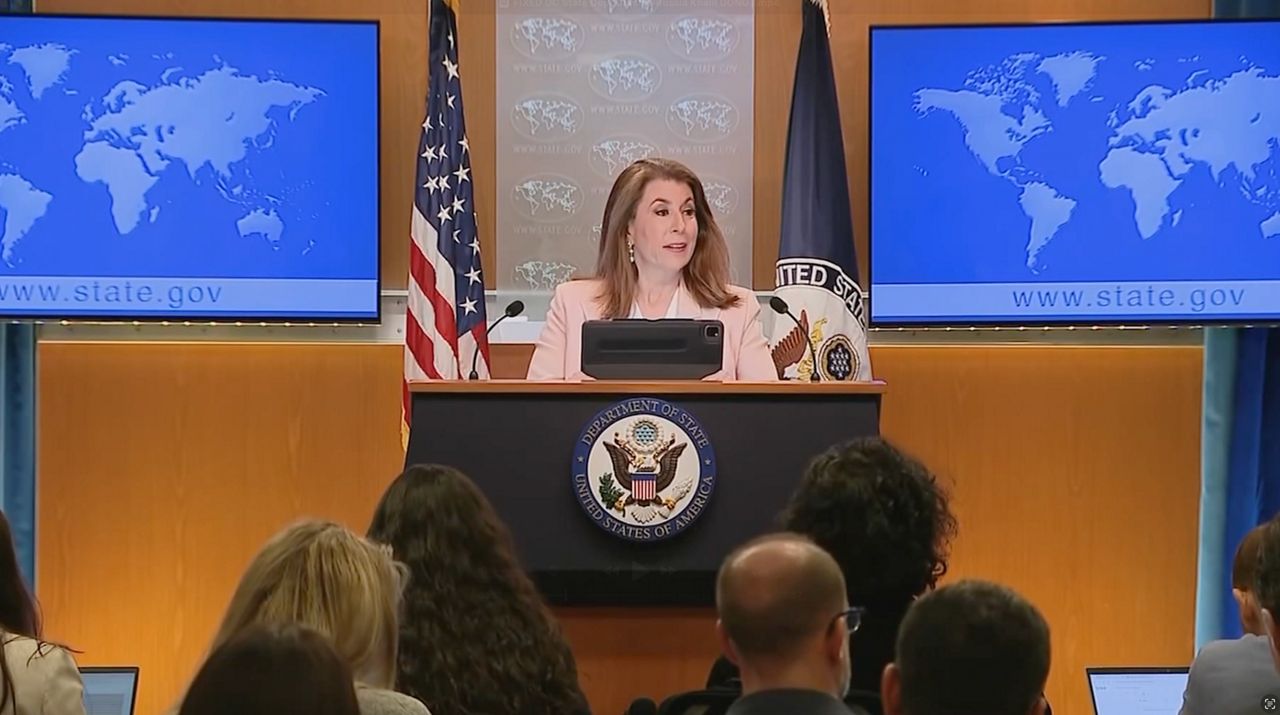Members of the centrist Problem Solvers Caucus in the U.S. House are taking a stab at solving one of the biggest problems in Congress: the deadlock over providing new aid to Ukraine and imposing new security at the southern border.
The proposal’s chances, though, are unclear.
Already, earlier this year, Donald Trump sank a bipartisan plan combining border policy and foreign aid that was crafted in the U.S. Senate.
Still, the bipartisan cohort of House lawmakers are giving it a go.
Rep. Mike Lawler, who is part of the group, said, “I think the vast majority of members of Congress recognize the need to do something about the border.”
The plan, unveiled in recent weeks, couples some stringent border measures demanded by Republicans — like a one-year return of the Trump-era “Remain in Mexico” policy — with the wartime assistance that Ukraine desperately needs.
The aid package, though, is smaller than the one okayed by the U.S. Senate.
The House proposal includes $66 billion for Ukraine, Taiwan and Israel. The Senate-passed bill, which does not include any border changes, has a price tag of $95 billion.
“Eighty percent of the spending is focused on our defense and replenishing our stockpiles,” Lawler said of the House proposal. “This is not like we're just sending billions of dollars with no oversight. We are investing in our military and our defenses as part of this bill.”
In an interview, newly seated Democratic Congressman Tom Suozzi praised the efforts at bipartisanship, while also raising concerns that the House proposal lacks humanitarian assistance.
“I’ve talked to some people who have worked on that deal, and they said that this is a bare bones effort, that they want to just get it on the floor. And then we can offer amendments to try and address the concerns that are there,” Suozzi said.
Others have dismissed the plan, including Queens Congressman Gregory Meeks, the top Democrat on the House Foreign Affairs Committee. Meeks recently returned from a trip to the southern border, and has visited Ukraine since the war began.
“To me, it seems as though they're just coming up with a bill that their own speaker will never put on the floor,” Meeks said.
So far, House GOP leadership has not budged on the Senate standalone foreign aid bill, demanding border changes as well.
The centrists could try forcing a vote on their own bill, using a legislative tool called a discharge petition. But doing so is no small feat and would require a number of Republicans defying their own Speaker.









